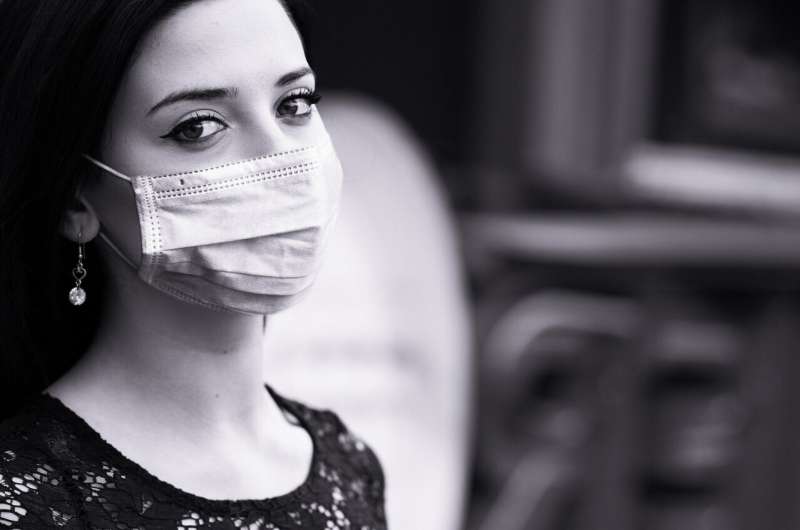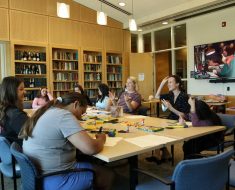
A year ago, the world was just starting to learn about a mysterious virus that was killing people in the Chinese city of Wuhan. While the ensuing coronavirus pandemic was unprecedented in current times, human experience with disasters and crises is obviously not new.
As an academic who teaches disaster management programs, I’ve studied how people react during different types of disasters. There are common patterns in the ways people come together to respond to these kinds of events —regardless of whether the trigger was a natural hazard, technologically based or human-caused.
During the Cold War, fears in the U.S. about the breakdown of social order and widespread panic in the event of an atomic bomb attack led to the study of human behaviors in situations of collective stress.
Myths about social breakdowns
Myths about social breakdown during disasters still prevail and continue to be used by media to frame societal response to certain types of crises, but the way that people actually respond is primarily pro-social.
When communities are impacted by events that threaten life and safety, the response is typified by the convergence of people, information and materials.
Each of the following eight common types of behaviors associated with citizen response to past crises and disasters have also been seen during the COVID-19 pandemic across the globe. The behaviors are not mutually exclusive, but do reflect different motivations.
Source: Read Full Article





